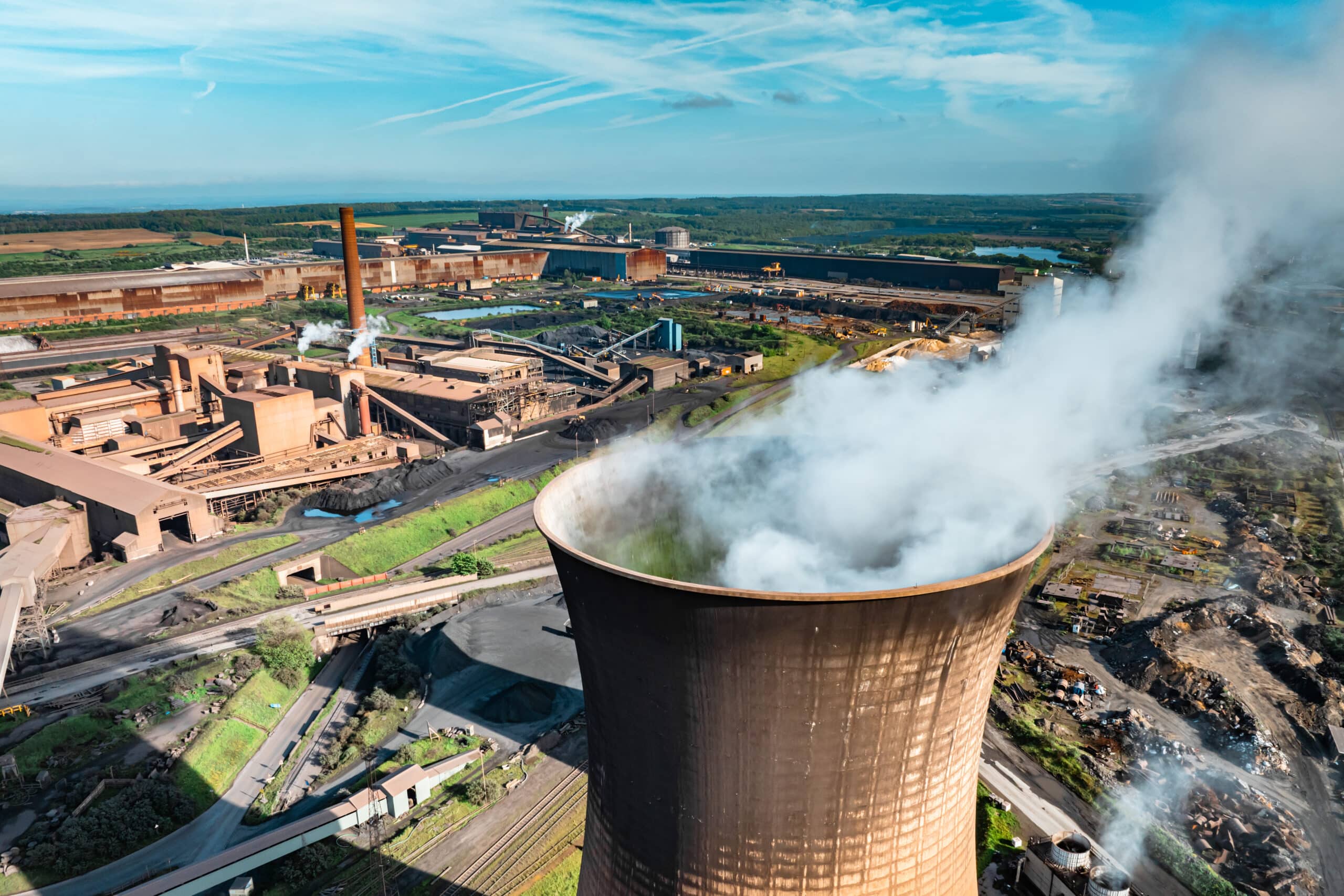Why Climate Risk Matters—for Every Project, Every Time
Climate risk is no longer a secondary concern or an issue solely for financiers. It is a strategic imperative. Whether a project is externally financed or fully self-funded, understanding and embedding climate risk into its foundations is now critical to long-term success.
At io, we believe that robust climate risk analysis is not just good governance—it is a fundamental enabler of resilient, investable, and future-ready projects. As the regulatory, physical, and market landscapes shift at pace, project developers cannot afford to treat sustainability frameworks as optional. Forward-thinking developers treat them as essential.
Need for Climate Change Risk Assessments
In early 2025, intensified monsoon rains triggered severe flooding across Southeast Asia, causing widespread disruption to infrastructure and logistics networks. In Malaysia alone, more than 10,000 people were displaced, and critical assets—including roads, ports, and bridges—were heavily damaged [1, 2].
This is not an isolated event. Climate related impacts reflect a growing threat posed by climate-induced extreme weather and reinforce the importance of Climate Change Risk Assessment (CCRA) in development projects.
Originally developed to govern how environmental and social risks are evaluated for projects seeking funding from Equator Principle Financial Institutions (EPFIs), the Equator Principles (EPs)—especially the latest iteration, EP4—now serve a broader purpose. They’ve evolved into a practical benchmark for responsible infrastructure and energy development globally.
EP4 requires project sponsors to evaluate climate risk across two core categories:
- Transition risks, including emerging carbon regulations, market shifts, and policy changes.
- Physical risks, such as extreme weather, flooding, heat stress, and sea-level rise.
These risks must be assessed over a project’s full lifecycle and aligned with disclosure frameworks like the Task Force on Climate-related Financial Disclosures (TCFD). Crucially, they must be integrated into engineering design, project economics, and risk mitigation strategies from day one.
But while these frameworks are mandatory for externally financed projects, their value extends far beyond the world of EPFIs.
Climate Risk as a Signal of Strategic Stewardship
At io, we advise developers to go beyond compliance. Whether or not you are pursuing third-party finance, adopting EP-aligned principles signals to stakeholders that your project is designed with long-term resilience in mind.
It builds confidence with communities, regulators, and future investors. It supports early identification of reputational and environmental risks. And it ensures that climate resilience is embedded—not bolted on—as your project progresses through concept definition, feasibility, and delivery.
Put simply, this is about readiness. Future capital access. Project durability. And ultimately, licence to operate.
How io Embeds Resilience from the Start
io supports both externally and internally funded projects to integrate climate risk into the strategic and technical DNA of each asset. Our value lies in our ability to combine strategic foresight with deep technical understanding—from early feasibility to final investment decision.
- We map material climate risks using advanced data sets and technical methodologies tailored to each geography and sector.
- We work collaboratively with developers during early design phases, ensuring climate resilience is a design principle—not a postscript.
- For financed projects, we align assessments to investor expectations and regulatory benchmarks.
- For self-funded or non-EPFI projects, we focus on future-proofing assets and building internal ESG maturity.
Because we are technology-agnostic and client-centric, our guidance is always shaped around what creates the most value and the most certainty—for the long term.
Turning Risk Insights into a Strategic Narrative
One of the greatest value drivers we offer is helping our clients translate technical assessments into compelling narratives that speak to boards, financiers, regulators, and communities.
Our teams work with clients to build clear, evidence-based sustainability narratives that demonstrate commitment to climate stewardship and proactive project leadership. These narratives support:
- Investor and lender engagement,
- Board approvals,
- Community and stakeholder consultation,
- And alignment with emerging sustainability reporting standards.
It’s not just about ticking boxes. It’s about demonstrating that your project is robust, responsible, and resilient.
Conclusion: The Equator Principles as a Strategic Asset
The Equator Principles have evolved. They are no longer just about satisfying financiers—they represent a powerful tool for demonstrating climate leadership, strategic foresight, and responsible project governance.
At io, we believe every project—regardless of funding source—can benefit from an EP4-aligned approach. By embedding climate risk assessments into the project lifecycle, developers gain more than compliance. They gain clarity, resilience, and strategic confidence.
Speak to io about how we can help you integrate climate risk into your next project—so it’s ready not just for today, but for tomorrow.
References:
- “2024–2025 floods in Southeast Asia and South Asia,” Wikipedia, 2025. https://en.wikipedia.org/wiki/2024%E2%80%932025_floods_in_Southeast_Asia_and_South_Asia
- “Flooding Tops the List of Supply Chain Risks in 2025,” DOXA, 2025.










